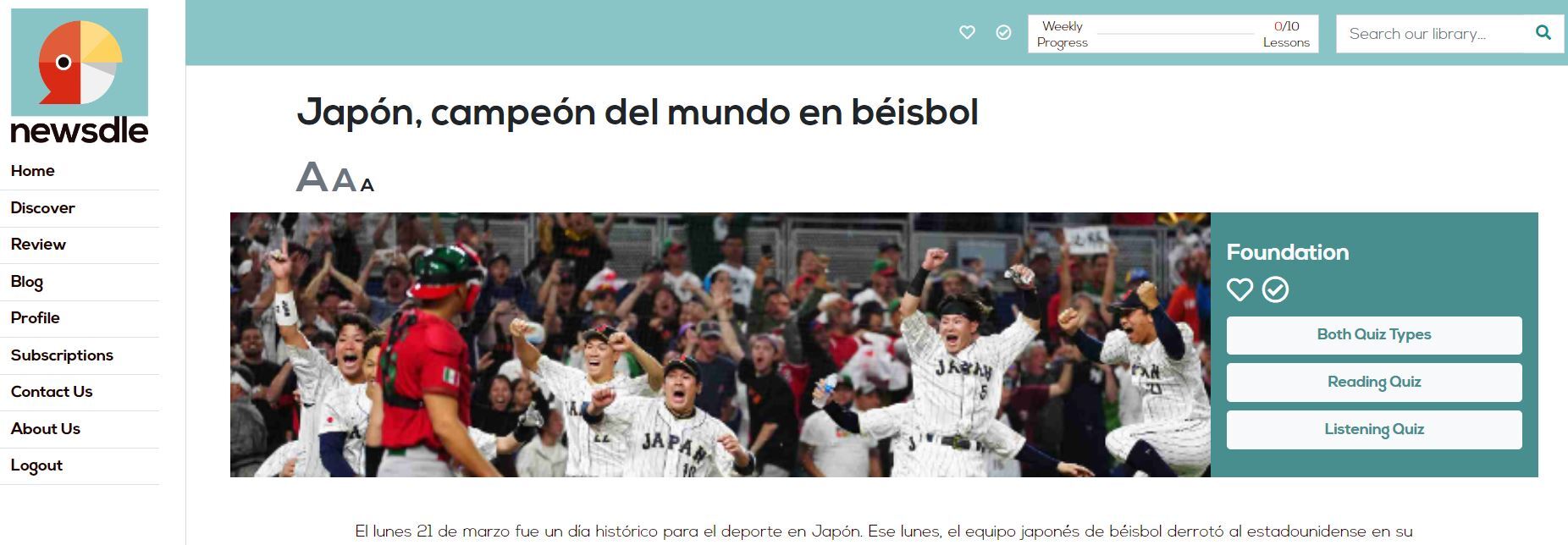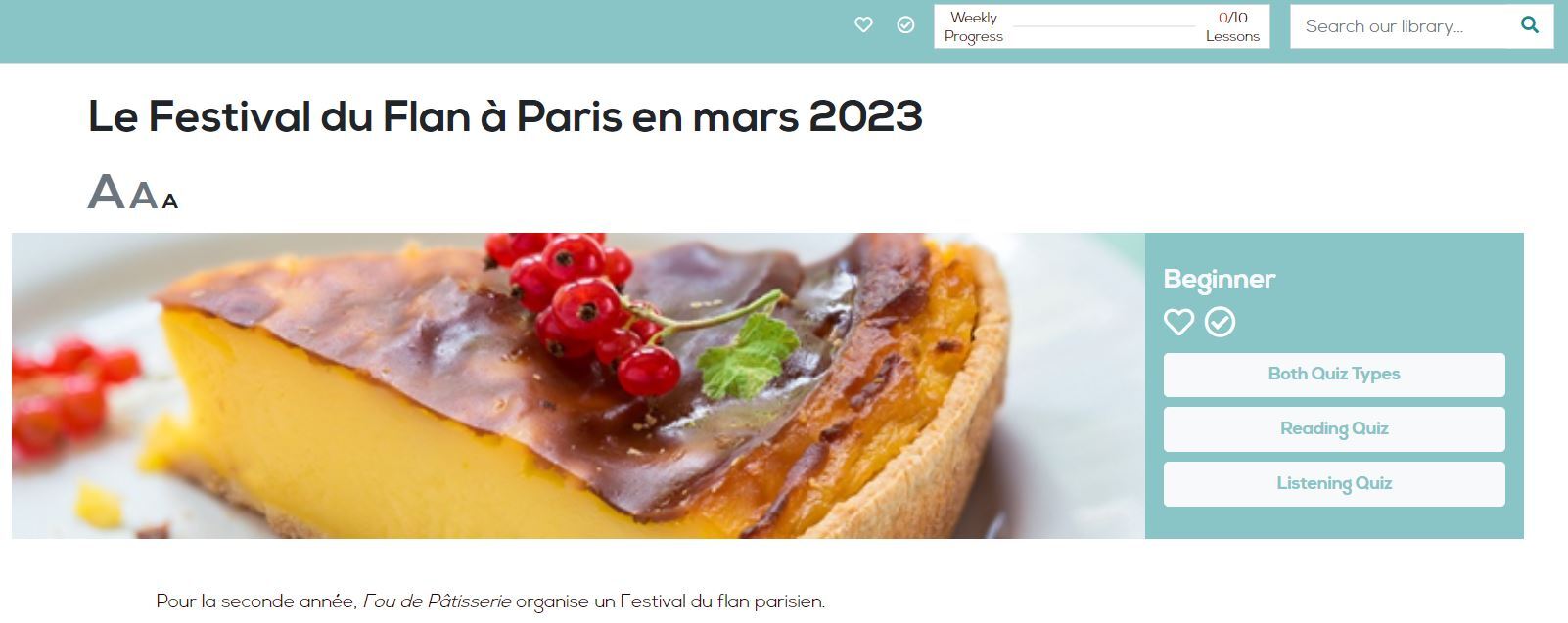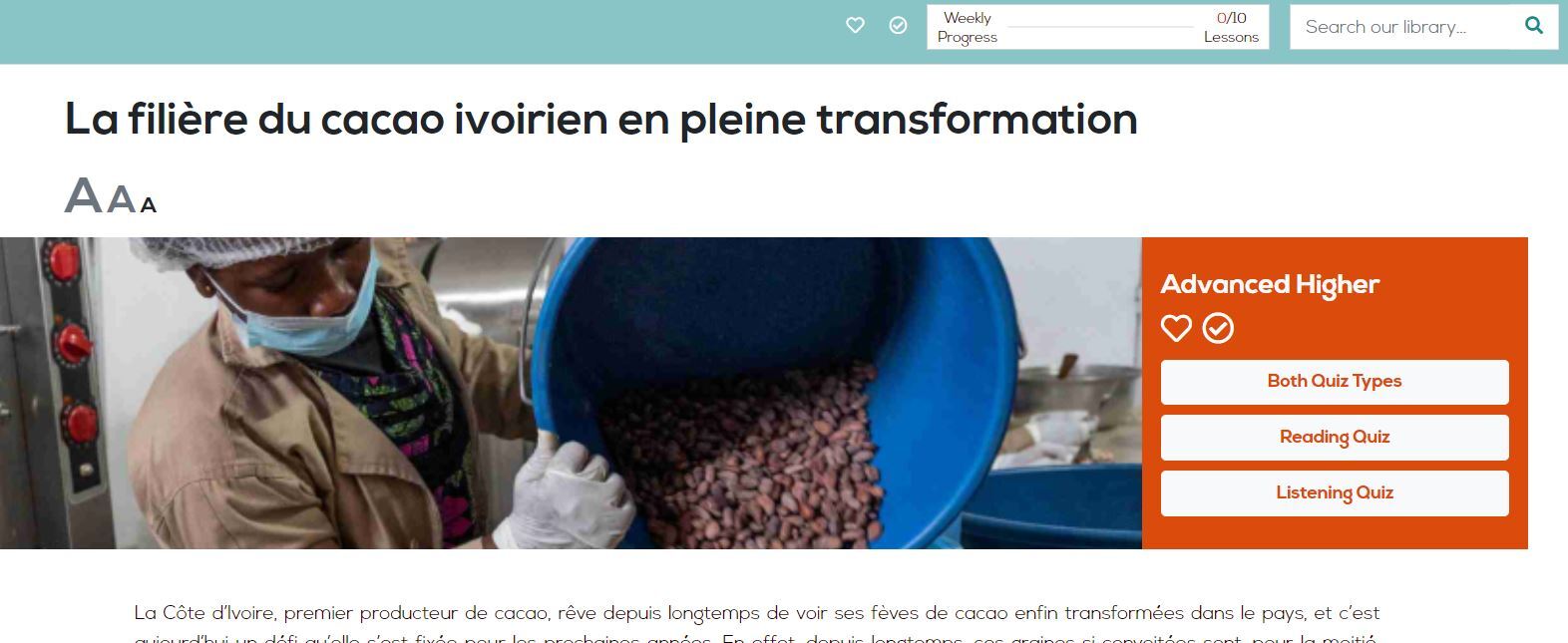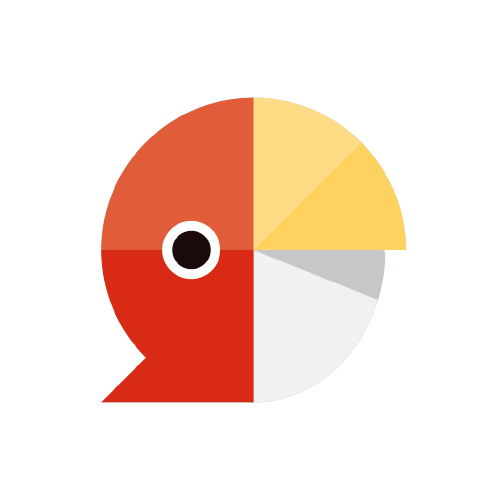Is It Possible to Learn French and Spanish at the Same Time?
Absolutely possible! Many language students learn French and Spanish at the same time, with excellent results. While there may be some difficulties, you may effectively learn both languages with persistence and the appropriate method.
Today we will explore the strategies, advantages, and tips to make this possible.
So, if you're ready to go on this linguistic adventure, keep reading on how to navigate the thrilling world of bilingual language learning.
The Benefits and Challenges of Learning French and Spanish Together
As someone who studied Spanish and French in high school and university, I can confirm that studying two languages at the same time may be difficult and demanding, especially when they are so closely related as Spanish and French are.
While some people thrive in a learning setting like this, others may find it overwhelming. But after the rain comes the rainbow!
Every challenge presents an opportunity, and the same goes for learning two languages at once.
|
Challenge |
See it as a Benefit and an Opportunity |
|
Language Similarities Because of their mutual Latin origins, Spanish and French have certain vocabulary, syntax, and sentence structure similarities. This can be advantageous since you may detect patterns and cognates that facilitate learning. However, when the languages differ in particular ways, it could lead to confusion. |
Language Skills Transfer Be grateful for those shared Latin roots! Concurrently learning Spanish and French can help you grasp these shared aspects and discover patterns, making it simpler to acquire and recall vocabulary and grammatical rules in both languages. |
|
Pronunciation, Vocabulary and Grammar Both Spanish and French have specific pronunciation rules and sounds. Learning to distinguish and generate precise sounds in two languages at the same time might be difficult. Proper pronunciation in both languages may need extra work and practice. There are significant distinctions in vocabulary and grammar between Spanish and French. Learning two sets of vocabulary and grammatical norms at the same time can be difficult, and there is a danger of mistaking related terms and structures. |
Increased Language Flexibility If you learn to be consistent and persistent, you'll soon overcome these initial challenges and you’ll enjoy all the opportunities for communication and cultural immersion in a broader range of contexts, which can lead to personal and professional advantages. |
|
Personal Learning Style Depending on several factors, including time, you might thrive in multilingual situations and relish the challenge of learning numerous languages at the same time, or you may opt to concentrate on one language at a time in order to build a strong foundation before moving on to the next. |
Enhanced Cognitive Abilities Learning multiple languages at the same time can provide cognitive benefits. In fact, multilingual people frequently have higher cognitive capabilities, such as greater problem-solving skills, better memory, and a longer attention span. All these advantages may extend to learning two languages at the same time and you can benefit from them in several daily and professional situations. |
|
Time and Dedication Any language needs time, effort, and consistency to learn. Trying to study two languages at the same time requires you to divide your attention and energy between them. When compared to studying one language at a time, it can slow down development. |
Improved Language Learning Strategies You gain essential language learning tools such as good study habits, time management, and memory techniques by studying two languages at the same time. These abilities can be transferred to other languages that you may like to study in the future. |
Important...
No matter the challenges and the benefits, the key to success is… you.
It is feasible to study two languages together if you are extremely driven, have solid time management skills, and love a challenge.
If you’re feeling overwhelmed, don’t give up! Nowadays there’s also plenty of online resources that can fully support and motivate you through fun and engaging news-based lessons, such as Newsdle.
So make sure to explore this option that can also help you prioritise and replan your linguistic journey.

Newsdle foundation level news-based lesson to learn Spanish (also available on app).
Strategies for Learning French and Spanish At The Same Time
Although it is true that learning French and Spanish at once is possible, let's be honest, achieving fluency overnight isn't realistic.
No magic tricks or shortcuts here.
But fear not! I have a proven method that has worked wonders for me and my students.
So… How can we effectively learn Spanish and French simultaneously?
- Build a solid foundation
- Establish a study routine that works for you
- Find your online resource
- Pay attention to their similarities and differences
- Practice, practice, practice!
- Immerse yourself in the languages
Let's look at each point in more detail:
-
Build a solid foundation
Begin by getting familiar with the fundamentals of both languages. Concentrate on pronunciation, common greetings, and key vocabulary. You'll feel more at ease when you go on to more sophisticated topics if you establish the basis first.
-
Establish a study routine that works for you
When learning various languages, consistency is essential so you should make time each day or week to practise both French and Spanish. Find a routine that works for you and stick to it. Remember that even little, consistent practice sessions can result in great development over time, so your study routine can be 30 minutes in the morning or an hour before bed.
-
Find your online resources
Explore online platforms that offer interactive lessons, activities, and cultural insights for both French and Spanish. Newsdle, for example, is a fantastic support that offers news articles in both French and Spanish accompanied by interactive exercises to enhance your comprehension skills.
It allows you to practise reading skills while being up to speed on current events, as well as expose you to actual language usage and help you develop your vocabulary.
All lessons are classified by levels and created by qualified teachers. On top of that, you can access the content, which is updated on a daily basis, both via website and app.

Newsdle beginner level news-based lesson to learn French (also available on app).
-
Pay attention to similarities and differences
Take note of the common vocabulary, grammatical structures, and cognates as you study both languages. These linguistic crossovers might be your secret weapon for quickly learning both languages. Accept the similarities since they will help you grasp, but also recognise the differences across languages. You'll be able to traverse both French and Spanish with ease if you strike a balance.
-
Practice, practice, practice!
Language competency develops via practice, so try to engage with the languages as often as possible. Look for language exchange partners or discussion groups where you may practise speaking French and Spanish and you’ll soon realise that not only will these speaking sessions help you improve your pronunciation and fluency, but they will also provide you with essential cultural insights. Each interaction should be celebrated as a win, and your progress should be acknowledged along the way.
-
Immerse yourself in the languages
Listen to music, watch films or TV shows in both languages, and try reading books or short tales in both. Read news articles on to gain a better understanding of the daily culture of both languages while also sharpening your abilities and tickling your interest in continuing to study.
Try these strategies, and remember to have a positive mindset. You will quickly tackle the challenges of studying French and Spanish simultaneously while keeping motivated throughout your language-learning adventure.
You've got this :)

Newsdle advanced higher level news-based lesson to learn French (also available on app).
Choosing Between Learning French and Spanish
If you’ve tried but realised that studying French and Spanish simultaneously is quite challenging, you might find yourself torn between choosing French or Spanish.
What if I tell you that you should simply get better organised…?
The first step is that you must define your learning objectives.
Take some time to consider what you expect to accomplish by learning French and Spanish.
Do you want to learn about France's rich cultural legacy or the bustling Spanish-speaking world?
Do you want to broaden your professional opportunities by learning both languages?
Understanding what drives you and your ambitions will help you in properly prioritising and planning your language learning journey.
After you've identified your learning objectives, you’re ready to consider your own preferences. Consider which language speaks to you in a deeper way. Are you drawn to the romantic appeal of French or the vibrant rhythm of Spanish? Investigating the cultural features such as literature, music, and even travel places linked with each language may give useful insights into your own unique preferences.
Be aware that long-term goals that also meet or can be combined with your preferences are a great motivational boost in your decision-making process.
Consider the career prospects associated with each language in your selected field. Will learning French provide you a competitive advantage in the culinary or fashion industries? Does knowing Spanish open up opportunities in international business or diplomatic relations? Evaluating the prospective professional benefits can help you prioritise the language that best fits your future goals.
Remember, it's not an either-or situation but it's about creating a balance that allows you to focus your efforts appropriately.You can commence on this linguistic adventure by studying both French and Spanish, but you can traverse the route to language mastery more effectively by structuring your time and resources depending on your aims and personal preferences.
So, pause for a minute to ponder, assess your objectives, and plot your route appropriately. You'll be well on your way to conquering the enthralling worlds of French and Spanish concurrently if you have a clear vision and the proper mentality.
Overcoming Challenges and Staying Motivated
Maintaining momentum might feel like an uphill fight at times, from managing workload to keeping inspired. Let’s look at techniques for overcoming these roadblocks and staying motivated throughout your bilingual language-learning journey.
-
Divide and Conquer
Create a timetable that assigns unique time slots for each language to solve this. You'll be able to focus on one language at a time if you divide your study sessions into reasonable portions, minimising overload and allowing for more effective learning.
-
Embrace Language Crossovers
Rather than considering the similarities and contrasts between French and Spanish as obstacles, accept them as learning resources. Recognise how knowing one language may help you comprehend and advance in another. You will reinforce your learning and develop a greater comprehension of both languages if you appreciate the links.
-
Stay Engaged with Resources
Variety is the spice of life, and the same is true for language acquisition. Using a range of materials will keep your studying interesting, thrilling, and fun.
-
Language Exchange and Community
Participating in conversations, practising with others, and sharing experiences may all help to raise your motivation and give essential support along the road.
-
Celebrate Milestones
Establish attainable goals and applaud your progress and be proud of your accomplishments, whether they are as simple as mastering a complex grammatical concept or chatting with a native speaker. To stay motivated along the process, reward yourself for your hard work and patience.
-
Engage in Cultural Immersion
Learn about the cultures of French and Spanish-speaking nations. Investigate their music, literature, gastronomy, and customs.
¡Suerte! Bon Courage!
Learning French and Spanish at the same time is not only possible, but also incredibly rewarding.
Although there may be obstacles along the path, with tenacity and the correct techniques, you can overcome them and stay motivated. You'll create the path for success by splitting your study time, accepting language crossings, diversifying your resources, interacting with language communities, celebrating accomplishments, and immersing yourself in the cultures.
Remember, this is an adventure full with limitless potential, personal growth, and thrilling opportunity.
So take on the challenge, stay motivated, and let the joy of learning two amazing languages drive you to fluency in both French and Spanish!
Want to know more about Newsdle? Read a mini-review here!
Author:

Fabia Parodi
Fascinated by foreign languages and cultures, Fabia Parodi was determined to be a polyglot since she was a child. Fluent in Italian, English, French and Spanish and competent in Mandarin Chinese, Fabia is an experienced language teacher, translator and multicultural marketing specialist.
When in class, she always make sure to include graded and authentic materials in her lessons to expose students to foreign cultures and to introduce a more natural use of the language they are learning. The two things she loves more than languages are travelling and exchanging stories with people from all over the world.


